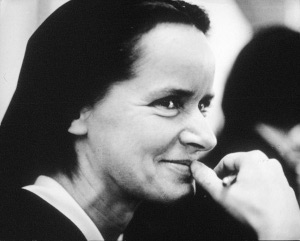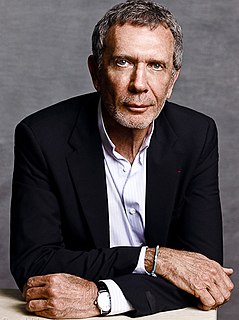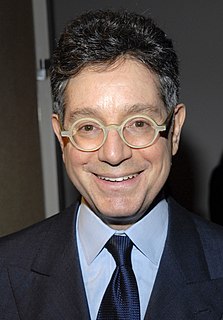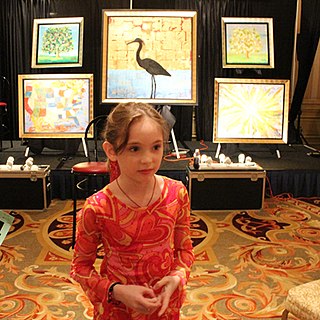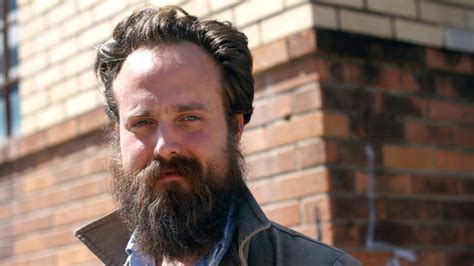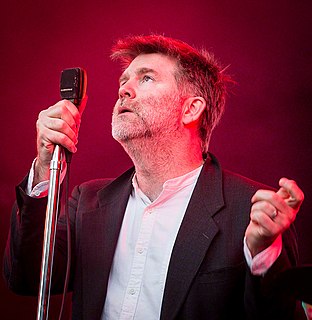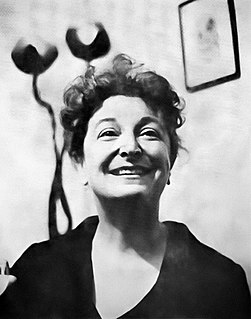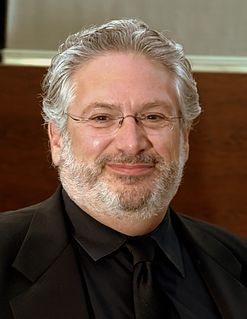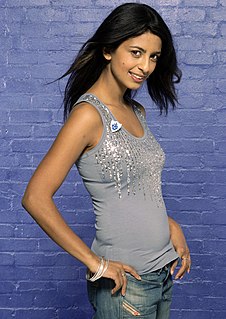A Quote by Joe Average
I then discovered the Pop Art of Warhol, Lichtenstein, and Peter Max. I was inspired that these fun and colourful images could be presented seriously on canvas.
Related Quotes
Warhol and other Pop artists had brought the art religion of art for art's sake to an end. If art was only business, then rock expressed that transcendental, religious yearning for communal, nonmarket esthetic feeling that official art denied. For a time during the seventies, rock culture became the religion of the avant-garde art world.
If Abstract Expression reached for the sublime, Pop turned ordinary imagery into icons. Roy Lichtenstein and Andy Warhol illuminated the transformative power of context and the process of reproduction. Claes Oldenburg's soft ice-cream cones and hamburgers changed sculpture from hard to soft, from stasis to transformation.
I can be inspired by anything. It can be from an artist, I love Georgia O'Keefe, de Kooning, Jackson Pollock, Lichtenstein, Koons- I love them all. I can be inspired by an artist, a dream, something that I pass by, I was even inspired by a commercial! A commercial of whale war- I was so sad that people were killing whales to extinction, so I made a painting of that. So I can really be inspired by a lot of things.
I went to art school, wanting to be a painter and then I got into photography. Then it was movies, and I liked the images. One of the things that interested me in film was that I was communicating in images. That was something I did intuitively and could not even talk about until I started having to do interviews.
In the sixties, the recycling of pop culture turning it into Pop art and camp had its own satirical zest. Now we're into a different kind of recycling. Moviemakers give movies of the past an authority that those movies didn't have; they inflate images that may never have compelled belief, images that were no more than shorthand gestures and they use them not as larger-than-life jokes but as altars.




